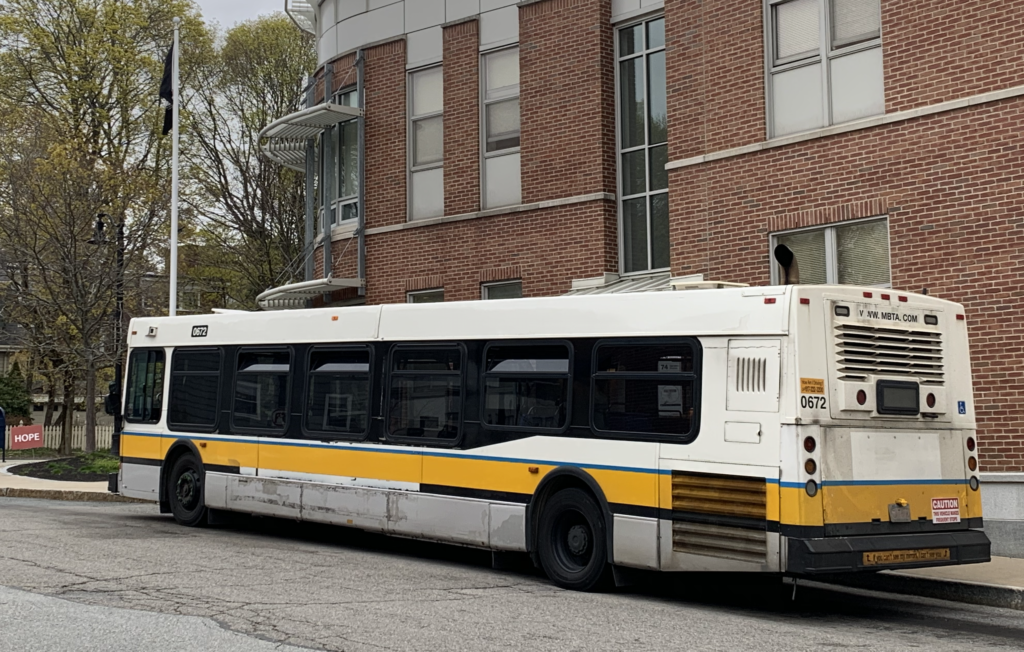Photo: Jennifer Fries
State Rep. Dave Rogers will have his first primary challenger since being elected to the State House in 2012 as North Cambridge resident Jennifer Fries has qualified for the ballot for the 24th Middlesex in the Democratic primary currently set to take place on Sept. 1.
The district, known as the ABC District, includes the entirety of Belmont and precincts in Arlington and Cambridge.
“The 24th Middlesex has been my home for twenty years, and as I crossed the district collecting signatures in February and had conversations over the phone with voters in March and April, I heard residents express many of the same hopes and frustrations that inspired me to run for office,” Fries said in a press release dated April 30.
“The progressive values that guide my campaign are the values of so many Arlington, Belmont, and Cambridge residents, and I will fight for them as our State Rep,” said Fries, whose campaign for the 24th Middlesex is her first run for elected office.
Fries stated in her release that transit equity will be “a cornerstone of her campaign.”
“I know first-hand that our transportation crisis influences the career and caregiving choices of families across the Commonwealth, and investing in and modernizing the MBTA through new revenue streams will be one of my top priorities,” she said. She also highlights
Fries is the executive director of ACE Mentor Program Greater Boston which offers an after-school program that providing students in grades 9-12 with an introduction to the design, engineering and construction disciplines. She spent more than nine years as executive director of Cambridge School Volunteers.
She matriculated at Brown where she received a BA in Public Policy then obtained a Masters in Public Administration from the Kennedy School at Harvard.
She’s also is a volunteer with Girl’s Scout Troop 88277 and is part of a team of parents that ran 200 miles and raised more than $15,000 annually for the Friends of the Amigos School.
“I’m grateful to every voter who signed my papers to get me on the ballot,” said Fries. “This is just the first step, and I’m looking forward to speaking with and hearing from residents across the district in the months ahead.”
